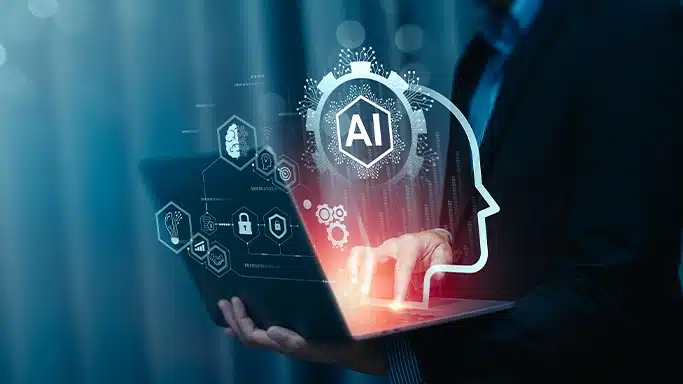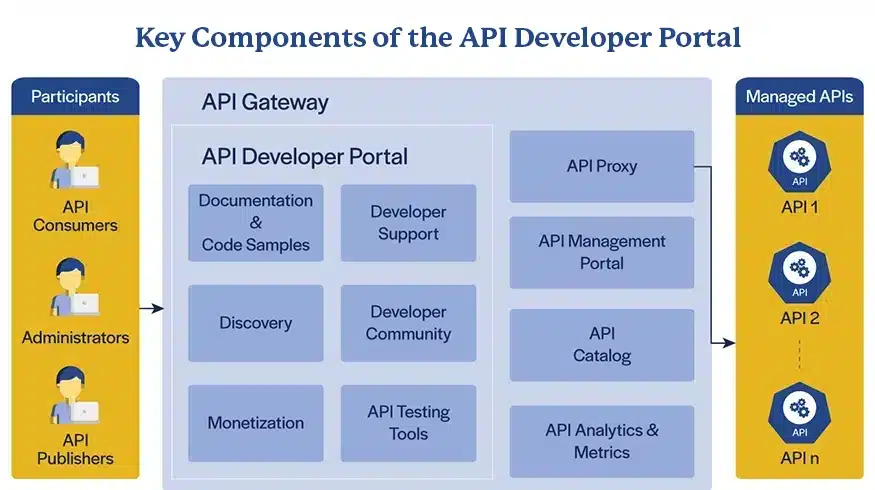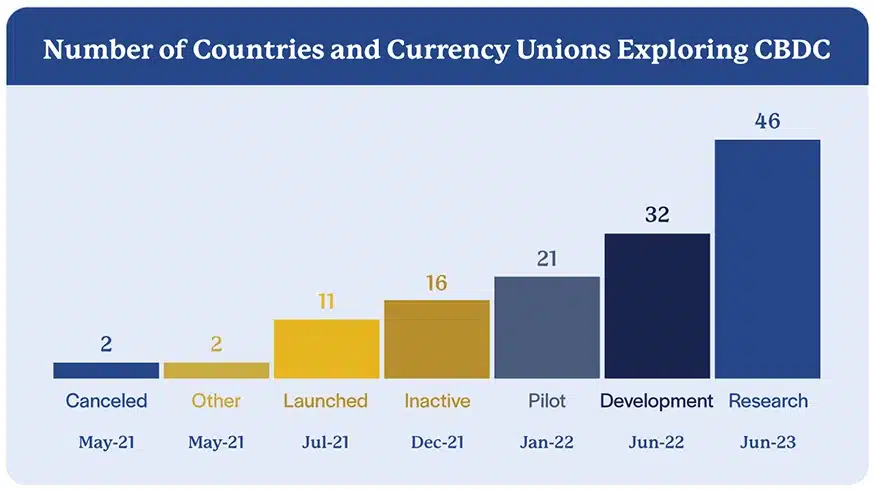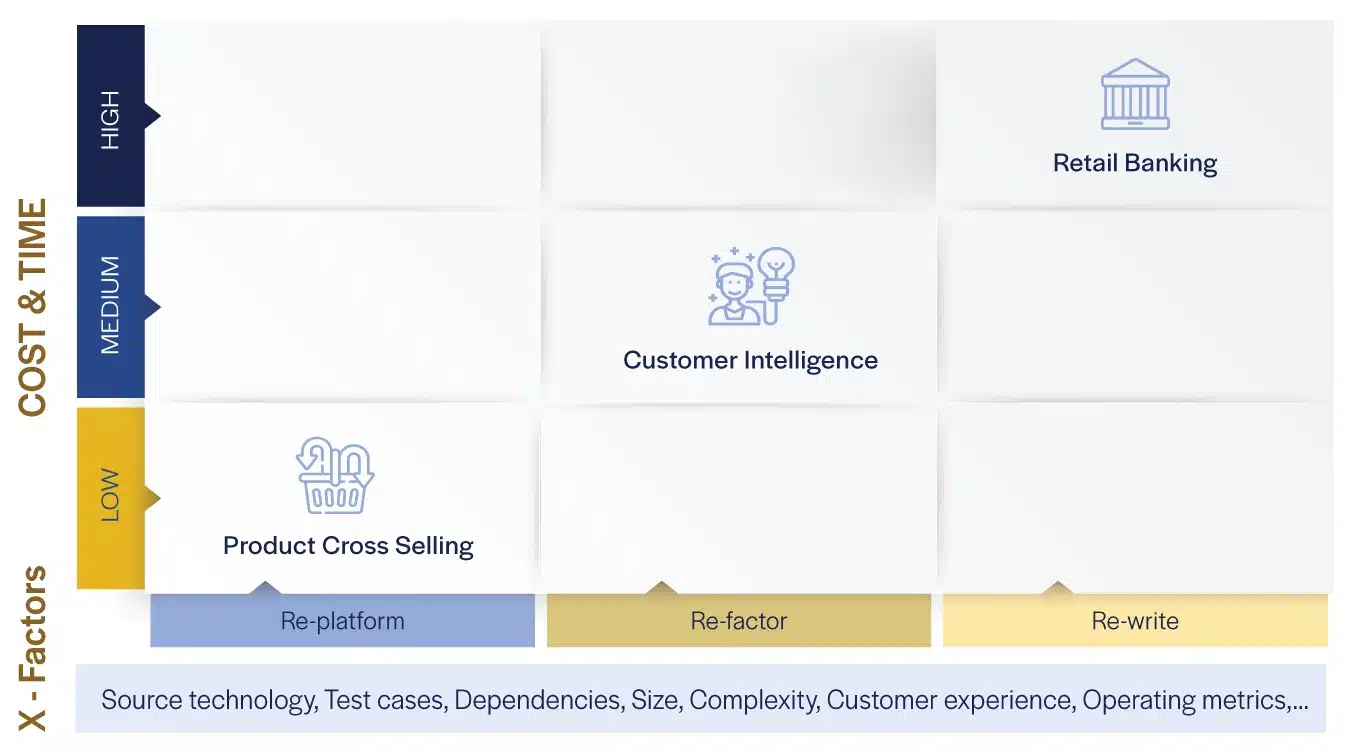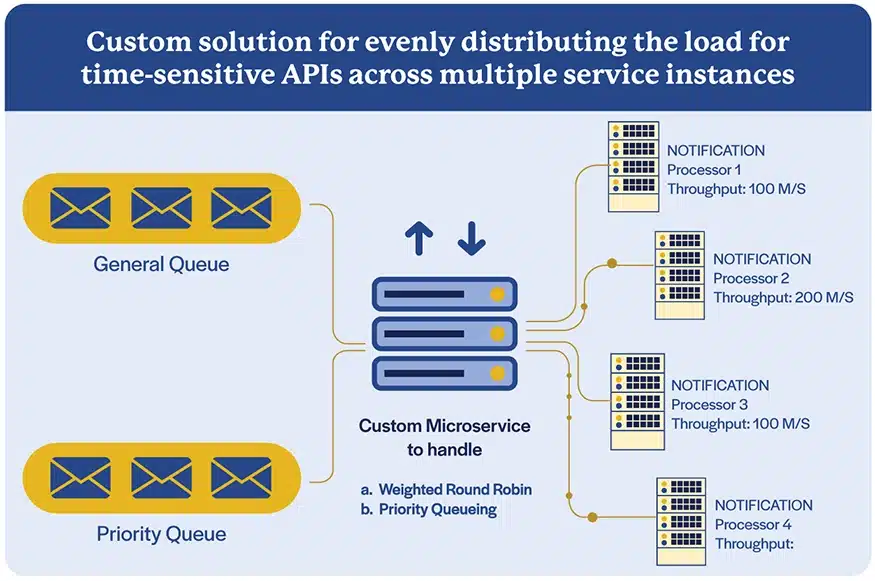
Industrializing business-critical end-user compute-based applications using low-code platforms
Low-code platforms enable rapid conversions to technology-managed applications that provide end users with rich interfaces, powerful configurations, easy integrations, and enhanced controls.
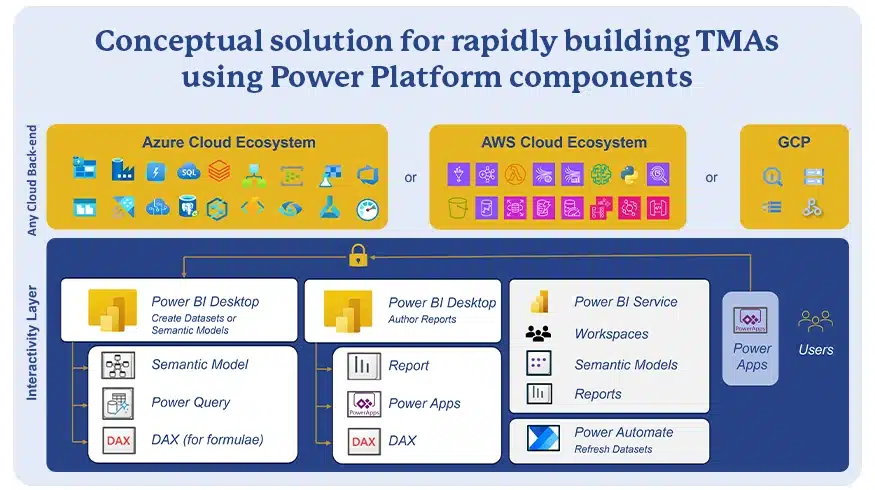
Many large and small enterprises utilize business-managed applications (BMAs) in their value chain to supplement technology-managed applications (TMAs). BMAs are applications or software that end users create or procure off-the-shelf and implement on their own; these typically are low-code or no-code software applications. Such BMAs offer the ability to automate or augment team-specific processes or information to enable enterprise-critical decision-making.
Technology teams build and manage TMAs to do a lot of heavy lifting by enabling business unit workflows and transactions and automating manual processes. TMAs are often the source systems for analytics and intelligence engines that drive off data warehouses, marts, lakes, lake-houses, etc. BMAs dominate the last mile in how these data infrastructures support critical reporting and decision making.
While BMAs deliver value and simplify complex processes, they bring with them a large set of challenges in security, opacity, controls collaboration, traceability and audit. Therefore, on an ongoing basis, business-critical BMAs that have become relatively mature in their capabilities must be industrialized with optimal time and investment. Low-code platforms provide the right blend of ease of development, flexibility and governance that enables the rapid conversion of BMAs to TMAs with predictable timelines and low-cost, high-quality output.
Read our Perspective Paper for more insights on using low-code platforms to convert BMAs to TMAs that provide end users with rich interfaces, powerful configurations, easy integrations, and enhanced controls.
Contact
Our experts can help you find the right solutions to meet your needs.
Get in touch